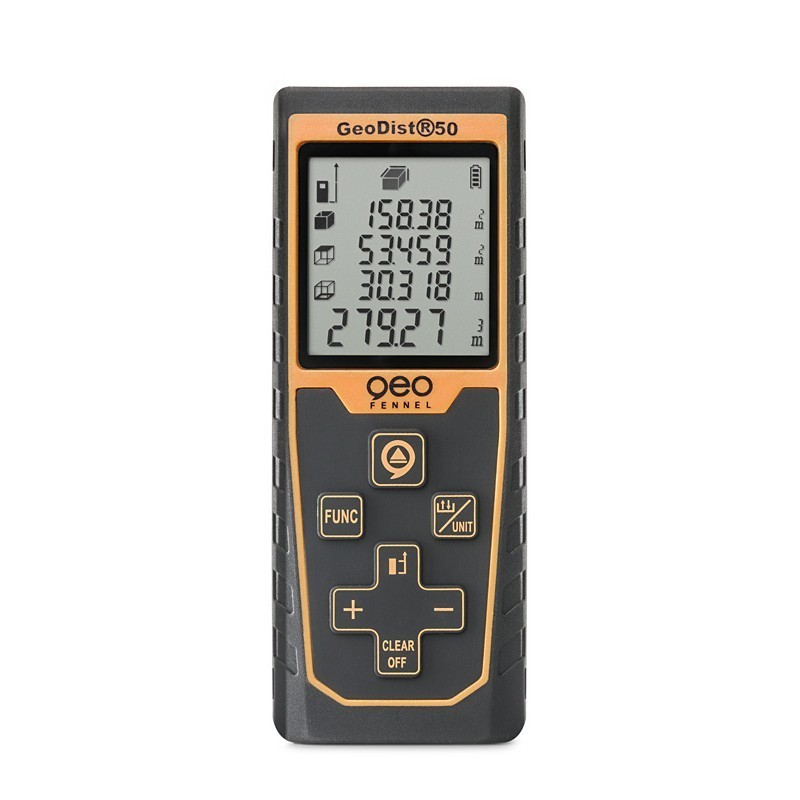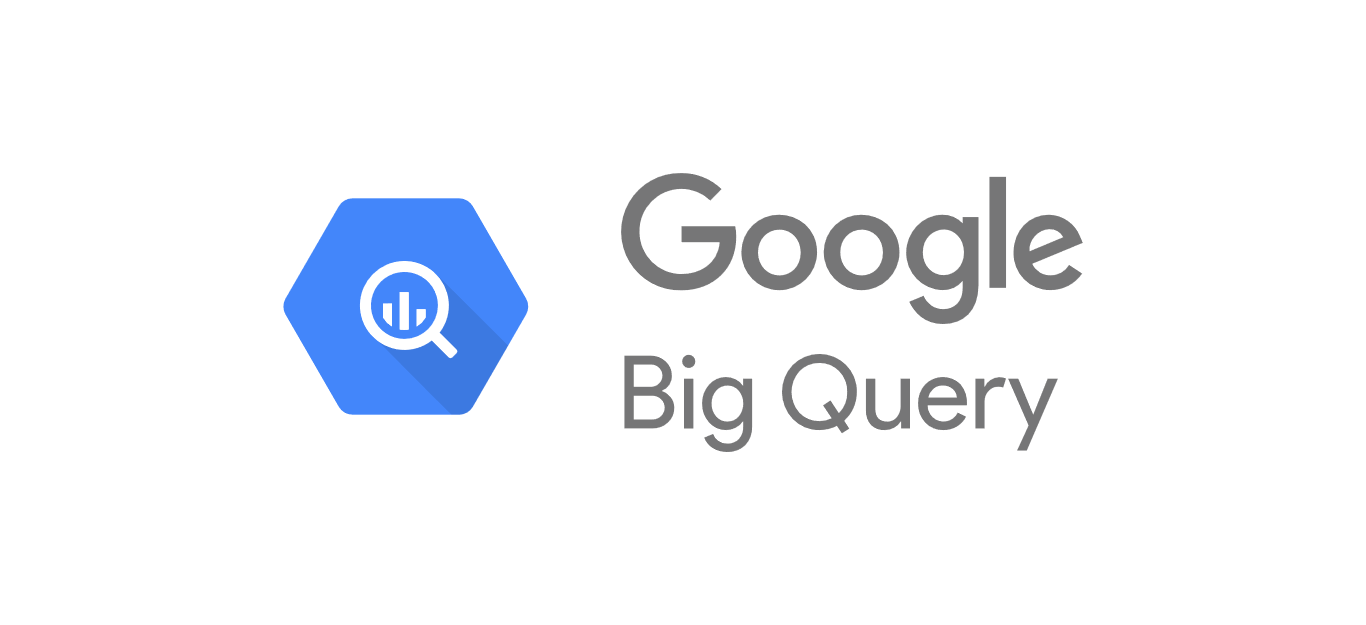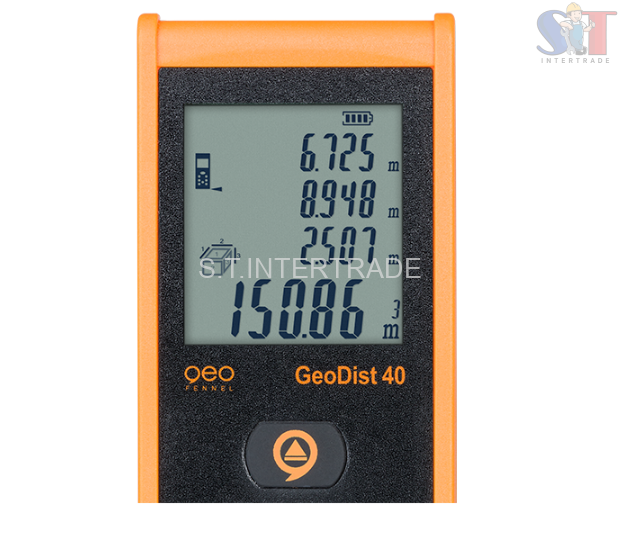

- #BIGQUERY GEOPPOS GEODIST HOW TO#
- #BIGQUERY GEOPPOS GEODIST INSTALL#
- #BIGQUERY GEOPPOS GEODIST DOWNLOAD#
- #BIGQUERY GEOPPOS GEODIST FREE#
NET.IP_FROM_STRING(REGEXP_EXTRACT(ip_ref.network, r'(.*)/' )) network_bin,ĬAST(REGEXP_EXTRACT(ip_ref.network, r'/(.*)' ) AS INT64) mask,Ĭity_ref.continent_name as continent_name,Ĭity_ref.subdivision_1_name as subdivision_1_name,Ĭity_ref.subdivision_2_name as subdivision_2_name,įROM `geolite2`.`geolite2-ipv4` ip_ref LEFT JOIN `geolite2`.`geolite2-city-en` city_ref USING (geoname_id) Simply create a geolite2_locs table using a query similar to the one below (just keep or drop your columns as required for your use-case)ĬREATE OR REPLACE TALBLE `dataset.geolite2_locs` OPTIONS() AS ( I lazily used the BQ automated schema feature and it worked just fine :)
#BIGQUERY GEOPPOS GEODIST DOWNLOAD#
Sign-up to MaxMind and download the Geolite2 databases ( link)ĭownload the two CSV files GeoLite2-City-Blocks-IPv4.csv and GeoLite2-City-Locations-en.csv, upload them to a GCP bucket, and create tables from them. I managed to solve this by going through the exact same steps listed in Felipe's very helpful original blog article: The only difference is that you need to create the dataset yourself. I'm not sure why he is suggesting an alternate solution using Snowflake, as his existing solution works just fine. Please note that the ‘bigrquery’ project is released with a ContributorĬontributing to this project, you agree to abide by its terms.Just wanted to respond to Felipe's comment here. Sample data and as the project when you work with your own data.
#BIGQUERY GEOPPOS GEODIST FREE#
Use your project ID as the billing project whenever you work with free

Search for “BigQuery API” and “Cloud storage”. That you’ll go over the free limit (1 TB of queries / 10 GB of storage).Ī note of the “Project ID” in the “Project info” box.Ĭlick on “APIs & Services”, then “Dashboard” in the left the leftĬlick on “Enable Apis and Services” at the top of the page, then

To create a project, but if you’re just playing around, it’s unlikely If you just want to play around with the BigQuery API, it’s easiest to Never do so unless you explicitly request it (e.g. by callingīq_table_delete() or bq_table_upload()). Note that bigrquery requests permission to modify your data but it will Instructions for getting your own OAuth client (or “app”) or service
#BIGQUERY GEOPPOS GEODIST HOW TO#
This article provides fullĭetails, such as how to take advantage of Application DefaultĬredentials or service accounts on GCE VMs.Įxplains how to set up a project when code must run without any user
#BIGQUERY GEOPPOS GEODIST INSTALL#
Natality Warning: uses an old dbplyr interface #> ℹ Please install a newer version of the package or contact the maintainer #> This warning is displayed once every 8 hours. The current bigrquery release can be installed from CRAN: This is the mostĬonvenient layer if you don’t want to write SQL, but instead want Queries in BigQuery or upload smaller amounts (i.e. <100 MB) of data.īigQuery tables as if they are in-memory data frames. This is most convenient layer if you want to execute SQL Makes working with BigQuery like working with any other database

The DBI interface wraps the low-level API and You’re familiar with the REST API and you want do something not This level of abstraction is most appropriate if The low-level API provides thin wrappers over the underlying REST API.Īll the low-level functions start with bq_, and mostly have the formīq_noun_verb(). The bigrquery package provides three levels Query BigQuery tables and retrieve metadata about your projects,ĭatasets, tables, and jobs. The bigrquery package makes it easy to work with data stored in Google


 0 kommentar(er)
0 kommentar(er)
